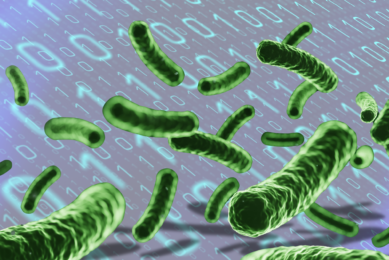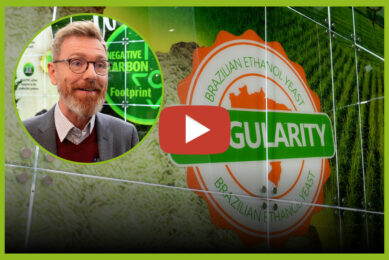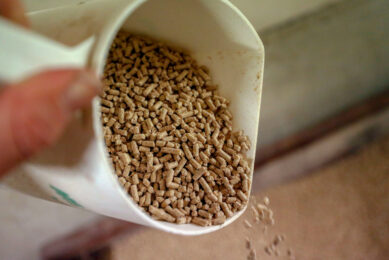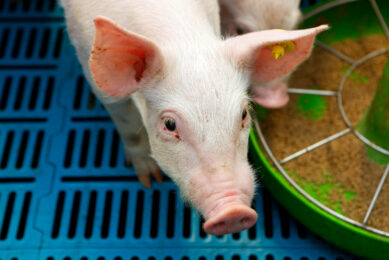Yeast probiotics to feed insects
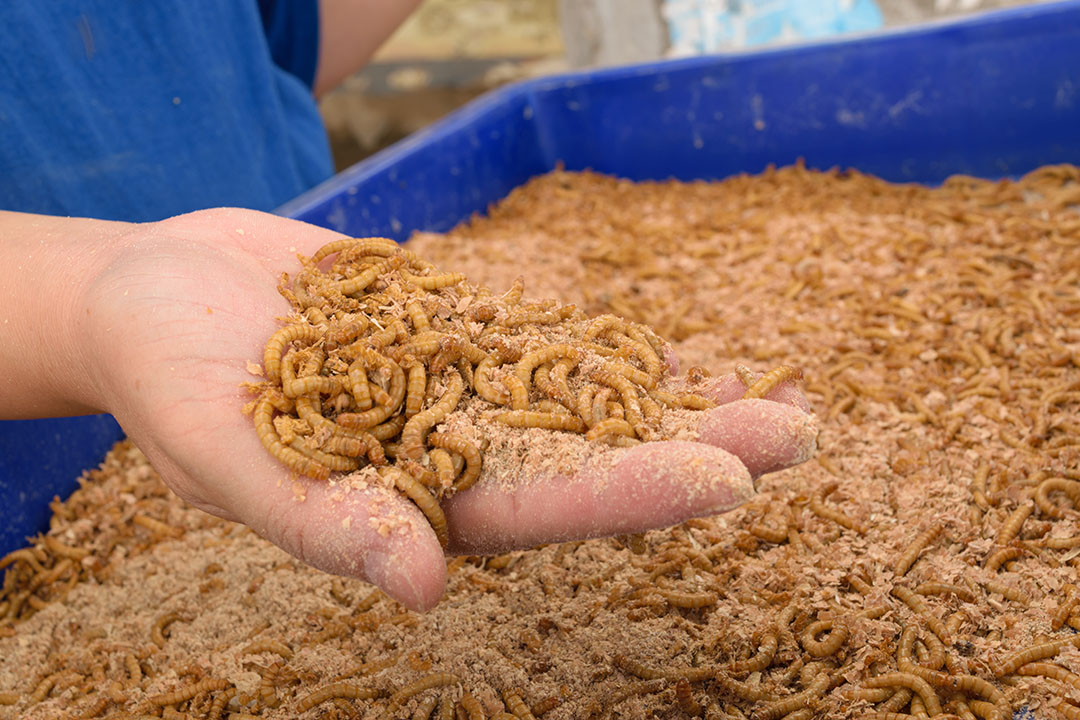
Trials show that yeast probiotics can increase zootechnical performance in insect breeding, helping companies to produce more, or better, protein.
By 2050, an extra 60 million tons of protein will be required to feed the world’s global population of nine billion people, with insects being actively developed as an important alternative source of protein. Scaling up the production of insect-based feeds and foods requires the constant improvement of breeding practices to secure better zootechnical performance of both adult insects and their larvae. The more larvae biomass is produced, the more the insect industry will be able to supply a significant percentage of future protein requirements.
Yeast in insect feed
When looking at current production modes, therefore, larvae can be considered as mini livestock and, similar to cattle, swine or poultry, can be assessed according to classical parameters such as the optimisation of their average daily growth. As with a lot of animal species, yeasts products can contribute to this goal. Some brewers’ spent yeasts are already used for protein and vitamin B in relation to insect feed substrate, although a lack of product consistency often leads to a similar lack of performance repeatability. In this context, likewise with aquaculture invertebrates, Phileo is already applying a rigorous scientific approach to selecting and demonstrating the benefits of primary-produced yeasts and their proven ability to improve production and manage health in insects. Trials, undertaken at Wageningen University in the Netherlands, have already demonstrated how much the supply of high-quality live baker yeasts contribute to boosting larvae growth and body composition in both the Black Soldier Fly (BSF) and Yellow Meal Worm (YMW). In addition, to comply with insect and substrate requirements concerning short-cycle production and moisture levels, Phileo has selected an instantaneous live yeast vermicelli from several laboratory stability tests. Named Actisaf® Sc 47 INST, this is a concentrate of the live yeast Saccharomyces cerevisiae (hereafter named live yeast). After having secured this yeast application, a series of trials were run, which will be further discussed here.

Trial 1: Yellow Meal Worm (Tenebrio molitor)
A first trial was conducted on YMW (Tenebrio molitor) larvae. From hatching, larvae were reared in a substrate (standard grain-based chicken feed) to which was added 0% (control group) or 0.2% live yeast (corresponding to 107 CFU/g of substrate). Each type of substrate was tested with 10 batches of 75 larvae each. From day 18 onwards, YMWs were batch weighed every 7 days to monitor growth performance. At the end of the rearing period, when the prepupae appeared (day 46 of the trial), YMW survival was about 82 (±2%) in the control group and 83 (±2%) in the live yeast group. From day 32 onwards, larval body weight started to become significantly higher, statistically, for larvae in the live yeast group compared to those in the control group. At day 46 (end of the rearing period), YMW from the live yeast group weighed an average of 29.3mg, an increase of 28% on the control group (22.9mg/larvae in average) (Figure 1). The body protein content of YMW was analysed and found to be similar between groups (i.e. the difference was not statistically significant). Control: 41.0 ± 0.5% and live yeast group: 39.8 ± 0.8% (ns). This data show that larvae protein biomass from YMW can be boosted by adding the probiotic to increase the meal volume that is produced.
Figure 1 – Adding 0.2% live yeast product to larval substrate improved YMW growth performance: + 28% larval weight.
Trial 2: Black Soldier Fly (Hermetia illucens)
In another trial, live yeast supplementation was tested in relation to the substrate of BSF larvae at 0.2% (corresponding to 107 CFU/g substrate), covering the period from egg laying until the prepupae appeared, 11 days later. Live yeast supplementation was tested on the substrate (standard grain-based chicken feed) of 10 batches of 100 BSF larvae. Ten other batches of 100 BSF larvae, without live yeast being added into their substrate, were used as a control. At the end of the trial (day 11), larvae were counted in each replicate for survival assessment. Survival was about 97 (±2%) in the control group and about 96 (±2%) in the live yeast group. Larvae were batch-weighed, revealing that the larval body weight was significantly higher, statistically, in the live yeast group, corresponding to an increase of +10% (102.4 mg/larvae in average) compared to the control group (92.8 mg/larvae in average) (Figure 2).
Figure 2 – Adding 0.2% live yeast product to larval substrate improved BSF growth performance: + 10.4% larval weight.
Larval body composition was analysed at the end of the trial. The addition of live yeast slightly decreased the protein content of the larval body but increased the fat content by about 35%. Total fatty acid content (FA expressed as % fat) was not significantly affected but the fatty acid profile differed between the groups (Table 1).
Addition of live yeast affected FA profile of BSF body: The amount of saturated FA (12:0, 14:0) was decreased. Also the amount of Trans FA was decreased. There was an increase in the amount of Linoleic Acid (18:2n-6). The fat content of BSF, supplemented with live yeast, presented a lower proportion of saturated fatty acids (mainly 12:0 and 14:0) and trans fatty acids, but were richer in poly-unsaturated fatty acids (PUFA) (mainly linoleic acid, 18:2n-6) (Figure 3). Saturated fatty acids are closely related to a higher risk of hypercholesterolemia, cardiovascular diseases, diabetes and an increased risk of some cancers (breast, prostate…) developing in humans. The effect of trans fatty acids on human health is less known but an increased risk of coronary artery disease was identified. PUFA, however, are considered as good fats and reduce the risk of cardiovascular disease in humans.
Figure 3 – If the protein content is slightly decreased, the evolution of FA profile is favourable from a nutritional standpoint, thus adding value to the insect meal and oil composition of the Black Soldier Fly.
Conclusion
Trials show that yeast probiotics can increase zootechnical performance in insect breeding, helping companies to produce more, or better, protein. These promising results could be extended to other insect species. Further trials are needed, of course, to deepen current knowledge of action modes and to customise all possible solutions under commercial conditions. It is important therefore to validate current trial results across various feed substrates and on larger scale units. Future trials will also evaluate the impact of specific yeast probiotic strains (live or by active purified fractions) for pathogen management. Health control will become critical in future large-scale production units, where billions of larvae will live in a closely controlled and concentrated environment.







